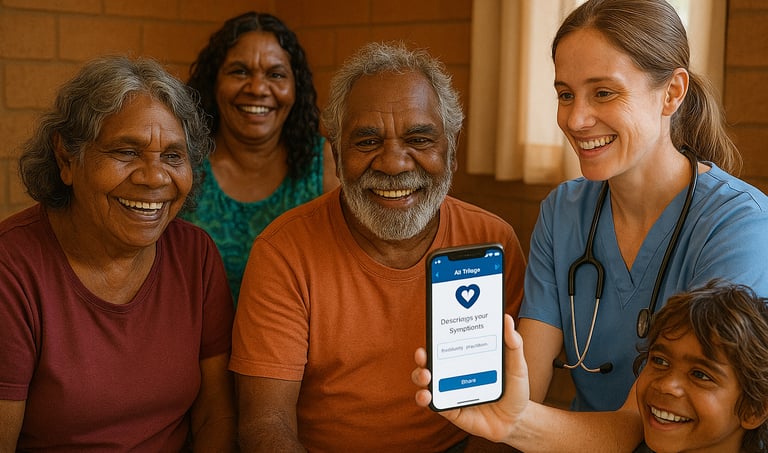Understanding Cultural Safety
Cultural safety goes beyond awareness, it ensures that individuals feel respected, heard, and free from harm within services and systems.
INDIGENOUS EMPLOYMENT
7/10/20252 min read


The term cultural safety often appears in policy papers, funding applications, service reviews, and community development strategies. It’s a concept that gets mentioned frequently—but what does it really mean? And more importantly, how does it play out in real, practical terms?
At its heart, cultural safety is not about simply being aware of someone’s culture, it’s about creating an environment where people feel respected, understood, and safe to be themselves, without fear of judgement, discrimination, or dismissal.
Originally developed in the nursing profession in New Zealand to improve Māori health outcomes, the idea has expanded into education, justice, community services, and workplace culture. It goes well beyond cultural awareness or competency; it’s about recognising power imbalances and doing something about them.
So, what does this look like in practice?
Listening First, Speaking Later
Cultural safety starts with deep listening. Not just listening to respond, but listening to understand the context, experience, and values of others—especially when working with Aboriginal, Torres Strait Islander, or other culturally diverse communities. It means accepting that you might not know the answer, and that others might.Shared Decision-Making
Rather than “consultation” that ticks boxes, cultural safety is grounded in collaboration. It’s asking, “What does success look like for you?” and building programs with communities, not for them. This applies in health settings, education programs, infrastructure projects—anywhere decisions are made.Accountability from the Inside Out
Cultural safety isn’t something you grant yourself; it’s determined by the person or community receiving the service. That means being open to feedback, and having the humility to shift practice based on lived experience.Everyday Respect
It’s not always about grand gestures. Cultural safety might look like:A teacher adjusting the classroom layout to reflect local kinship practices.
A health worker asking if someone wants to have a family member present.
A government agency offering to hold a meeting on Country, instead of in a regional office.
Ongoing Learning, Not a One-Off Workshop
Cultural safety is not a certificate on a wall. It’s a mindset and a process that evolves through relationships, reflection, and time. It involves the hard work of questioning one’s own assumptions and the systems we’re part of.
A Two-Way Street
Cultural safety is also a two-way and collaborative process. It’s about mutual respect, and building spaces where everyone—community members, professionals, leaders—can learn from each other. It encourages power-sharing, flexibility, and co-ownership of solutions.
In a world where diversity is increasing but understanding is often shallow, cultural safety offers a chance to do things differently. It doesn’t promise perfection, but it insists on respect, dignity, and genuine partnership. And that’s something everyone, whether on the ground or behind a desk, can get behind.


Far North Consulting Pty Ltd t/a Groundwork Consulting
© 2025 Groundwork Consulting
ABN 77 649 525 806
MAKING GOOD IDEAS WORK
Video Platform Links





